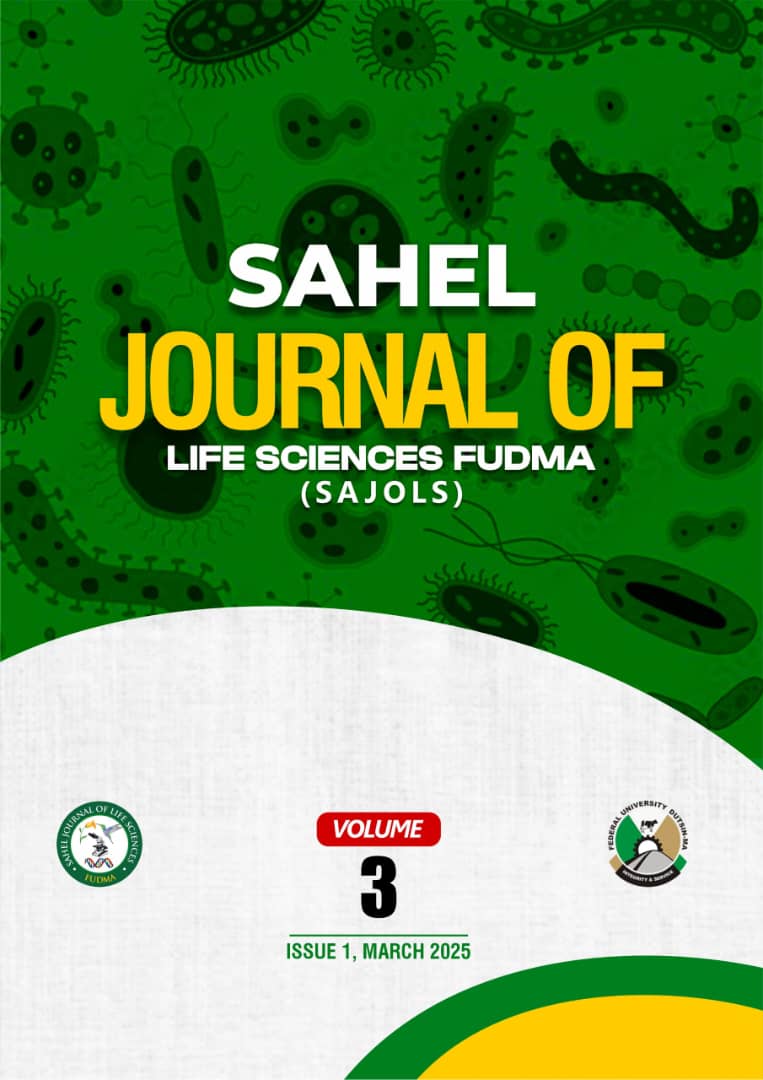Expression Pattern of Pi2 and Pi54 Resistance Genes (R-Genes) in Rice in the Presence or Absence of Exogenous Abscisic Acid during Magnaporthe oryzae Colonisation
DOI:
https://doi.org/10.33003/sajols-2025-0301-48Keywords:
Abscisic Acid; Blast diseases; Magnaporthe oryzae; Resistance genes; Rice; RT-qPCRAbstract
Magnaporthe oryzae is a fungal pathogen that causes one of the most devastating diseases called rice blast. This study investigates the expression pattern of Pi2 and Pi54 resistance genes in a rice sample treated with exogenous abscisic acid, followed by inoculation of the rice sample with Magnaporthe oryzae using the a wet inoculation method. The treatment of the rice plant started at the fifth leaf stage, and the real-time gene expression analysis was done seven days after pathogen inoculation. The results of this study confirmed that treatment of plants with exogenous abscisic acid favours colonisation by the pathogen and increases the severity of blast diseases, as sample B treated with both abscisic acid and Magnaporthe oryzae showed 100% of the infections compared to 80% in Sample A infected with M. oryzae alone. Samples A and D (control samples) exhibit no infection. Gene expression analysis (RT-qPCR) revealed that both Pi2 and Pi54 were significantly overexpressed to provide protection against infected samples. with the highest expression levels observed in sample B(Pi2: 14.05-fold, Pi5: 12.30-fold). A significant positive correlation (r>0.5) was found between the expression of the genes and infection severity. The minimal gene expression in sample C (treated with only abscisic acid) and high expression in sample B (inoculated only with M. oryzae and treated with abscisic acid) suggest that ABA does not suppress Pi2 and Pi54 but rather enhances disease susceptibility. Additionally, blast early symptoms can appear within four days under favorable conditions, emphasizing the need for effective disease management.


